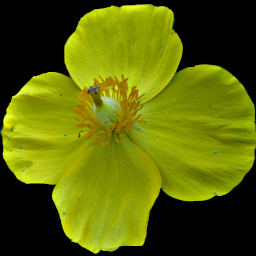Normally a late-summer flower, but this one was gamely blooming in early November after more than one frost, when perennial sunflowers are supposed to be settling in for the winter. It likes shade, and is happiest at the edge of a woodland clearing; this one was growing along a thickly wooded street in Beechview. Note the opposite lanceolate leaves with shallow teeth and the slightly sloppy downward-facing pointed bracts.
Gray describes the genus and the species:
HELIANTHUS L. SUNFLOWER
Heads many-flowered; rays several or many, neutral. Involucre imbricated, herbaceous or foliaceous. Receptacle flat or convex; the persistent chaff embracing the 4-sided and laterally compressed smooth achenes, which are neither winged nor margined. Pappus very deciduous, of 2 thin chaffy scales on the principal angles, and sometimes 2 or more small intermediate scales. —Coarse and stout herbs, with solitary or corymbed heads, and yellow rays; flowering toward autumn. (Named from helios, the sun, and anthos, a flower.)
H. divaricatus L. Stem simple or forked and corymbed at the top, 0.5-2 m. high, smooth below; leaves all opposite and divaricate, ovate-lanceolate, 3-nerved from the rounded or truncate sessile base, tapering gradually to a sharp point, 0.5-2 dm. long, serrate, thickish, rough both sides; bracts narrowly lanceolate, attenuate, ciliate, equaling the disk (1 cm. wide); rays 8-12, 2.5 cm. long. Thickets and barrens, s. Me. to L. Winnipeg, Neb., and southw.





